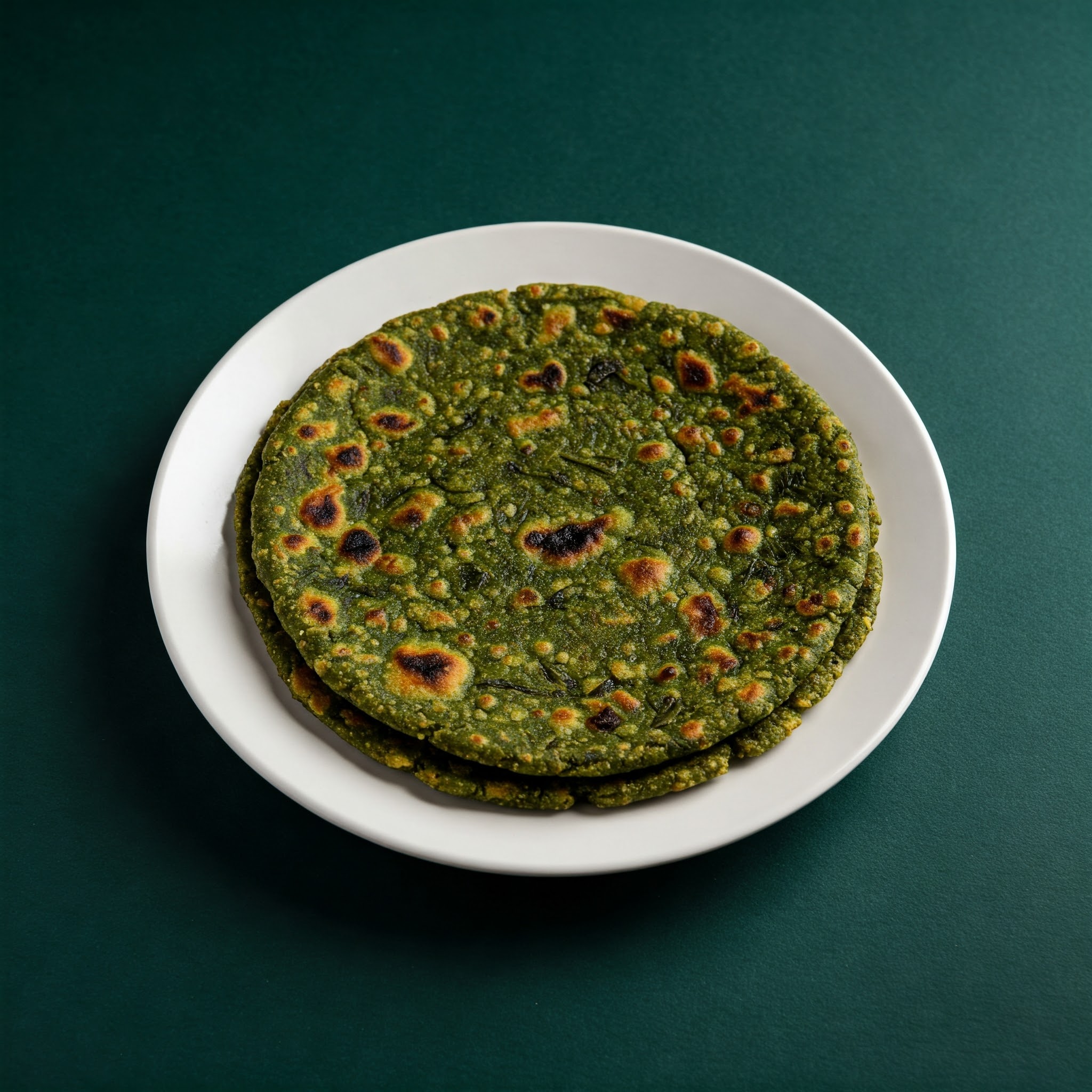Boondi (बूंदी)
Chickpea Flour Balls

About Boondi
Boondi: A Delightful Crunch of Tradition
In the heart of every Indian kitchen, Boondi reigns as a symbol of heritage and flavor. These tiny, crispy droplets of golden perfection bring together the warmth of tradition with the zing of spices. Whether served in a savory raita, tossed into a vibrant chaat, or transformed into a mouthwatering boondi laddoo, boondi is much more than a mere snack – it's a burst of texture, flavor, and joy in every bite. Its versatility shines through in a multitude of dishes, making it an essential part of Indian cuisine.
Not only is boondi a visual treat, with its delicate round shape and golden hue, but it also enhances the sensory experience. Its crispy exterior and soft interior absorb flavors effortlessly, creating a perfect balance of taste. The spices it carries—from cumin to black salt, red chili to hing—are the soul of Indian cuisine, giving boondi its distinct, irresistible character. Whether it's a festival, a family gathering, or a casual meal, boondi always adds a touch of tradition and excitement.
To Include Boondi in your daily menu, logon to planmeal.com – your personal meal planning portal for a balanced, flavorful diet.
So why wait? Let the crunch of boondi take you on a journey of rich tastes and vibrant memories. Add a dash of boondi to your plate, and make every meal unforgettable. Boondi: A tradition in every bite.
How Important Boondi is?
Boondi plays a significant role in Indian cuisine due to its versatility and rich flavor. It is used in a variety of dishes, from savory options like boondi raita and chaat to sweet treats like boondi laddoo. As a base ingredient, it adds texture, flavor, and a unique crunch to meals, enhancing the overall dining experience. Its ability to absorb spices and flavors makes it a popular choice in many traditional recipes.
In addition to its culinary importance, boondi is also a source of protein and fiber, thanks to its main ingredient, chickpea flour. This makes it not just a delicious but also a nutritious food option. With its long history in Indian food culture, boondi continues to be a staple, offering both tradition and innovation in modern-day meals.
How to Store Boondi
How to Store Boondi: After preparing boondi, allow it to cool completely at room temperature. Once cooled, place it in an airtight container to maintain its crunch and freshness. Ensure the container is sealed tightly to prevent moisture from entering. Store the container in a cool, dry place, away from direct sunlight, to avoid spoilage. If you want to keep it for a longer period, you can refrigerate the boondi for up to 2-3 weeks. For extended storage, freeze the boondi in an airtight freezer-safe bag for up to 2 months. Always reheat before serving to regain its crispiness.
Shelf Life of Boondi
Shelf life of Boondi: Boondi can last for 7-10 days when stored in an airtight container at room temperature. To extend freshness, refrigerate it for up to 2-3 weeks. For longer storage, freezing is also an option. Enjoy it crispy!
How to Check Boondi Before Buying
How to Check Boondi Before Buying from Local Vendor
When purchasing boondi from a local vendor, it's important to check a few key factors to ensure its freshness and quality. First, examine the boondi’s color—it should be a uniform golden brown. Avoid boondi with uneven coloring, as this may indicate poor frying or stale batches. Next, check for crispiness. Fresh boondi should feel crunchy when you bite into it; if it’s soft or chewy, it may be old or stored improperly. Additionally, smell the boondi to ensure there is no rancid or off odor, which could be a sign of stale or improperly stored oil. Lastly, if possible, ask the vendor about the storage method and whether the boondi is freshly made.
When to Buy Boondi in Bulk
Boondi can be purchased in bulk during the cooler months, particularly from October to February, when humidity is lower. This helps preserve its crispness and texture for a longer time. Avoid buying in bulk during the monsoon season (June to September), as the increased humidity can cause boondi to soften and spoil quickly. If you plan to store boondi for an extended period, consider refrigerating or freezing it to maintain its freshness.
Explore
Explore our services and take your business to the next level.
Recent Posts

Halwa is the perfect addition to a balanced weekly menu, offering both taste and...

Bajra Idli is the perfect addition to your balanced weekly menu. Packed with the...

Dosa Chilla is the perfect dish to add variety to your weekly meal plan. A nutri...

Kuttu and Methi Thepla is a delightful and nutritious addition to any balanced w...

Bajra Veggie Tikki is the perfect addition to your weekly meal plan, offering a...
Ready for a Healthier You?
Take control of your wellness! Get a customized meal plan that fits your lifestyle. It's time to eat smarter, feel better, and transform your life!
Get Your Plan Now!Already a member? Login and start now!
Nutrition Facts
Serving Size:
Servings Per Container: 1
| Amount Per Serving | ||
|---|---|---|
| Calories | 1301.41 | |
| Fat | ||
| Saturated Fat | ||
| Trans Fat | ||
| Cholesterol | 0 | |
| Sodium | 582.47 | |
| Carbs | 28.97 | |
| Fiber | ||
| Sugar | 17 | |
| Protein | 0.8 | |
| VitaminD | ||
| Calcium | 38.00 | |
| Iron | 2.20 | |
| Potassium | 422.10 | |
* Percent Daily Values are based on a 2000 calorie diet.
* Percent Daily Values are based on a 2000 calorie diet.

